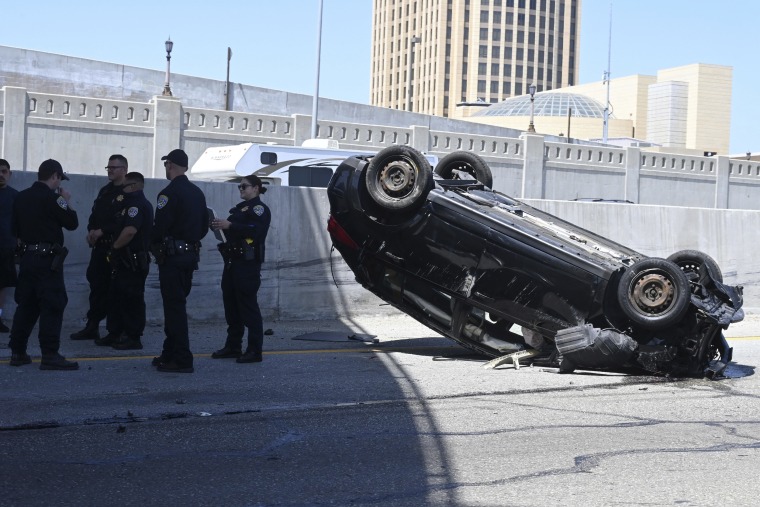Motor vehicle fatalities surged by 23.5 percent in May, as drivers took advantage of open roads to push to autobahn speeds, a situation made easier by the fact that authorities in many communities were pulling back on enforcement, in part, to avoid risking the possibility of their officers becoming exposed to the coronavirus.
According to the National Safety Council report, the May numbers mark the third-straight month that U.S. motorists were at a higher risk of dying from a crash — and it comes as a setback to safety advocates who had been hoping that the drop in traffic during the coronavirus-induced lockdown would see a decline in highway fatalities.
“At a moment when the country should be reaping a safety benefit from less traffic, the roads are riskier, threatening to reverse traffic safety gains made over the last few years,” the NSC said in a statement.
For every 100 million miles driven, the death rate for May rose to 1.47, compared to 1.19 in 2019, according to the preliminary statistics.
“Knowing how much traffic volume was off, we should have done better, and we have to do better,” said Pam Shadel, a senior director at the Governors Highway Safety Association.
A variety of factors appear to have contributed to the increase, but there is little doubt that reduced enforcement played a role.
"We cut down our shifts and, to limit our exposure…there was a full-blown hiatus on stopping (motorists) unless they did something really egregious," said Kevin Nowak, chief of police in Pleasant Ridge, Michigan.
That move was echoed by authorities across the country. “Don’t pull anyone over unless you have to,” one officer told Car and Driver magazine.
Speed alone wasn’t the only concern, said Chief Nowak. As his and other authorities began to step up enforcement again, they targeted those who not only were speeding but who engaged in “other bad behavior.”
The surge in highway deaths was “staggering,” according to Lorraine M. Martin, president and CEO of the National Safety Council. With road accidents the number one cause of workplace deaths, Martin called on employers to reach out to employees to encourage safer driving as more and more companies open back up again.
“Employers,” she said, “can make a real difference in improving safety on our roadways, helping to protect their employees, as well as other road users.”
U.S. highway deaths fell sharply from the early 1980s through the middle of the past decade, then started rising again. Authorities point to a variety of factors, including higher speed limits, distracted driving, and more travel. The numbers had begun to stabilize and even decline over the last year or two, as auto manufacturers added safety features such as blind spot monitors and lane change assist, so the latest surge is seen as a real setback.
